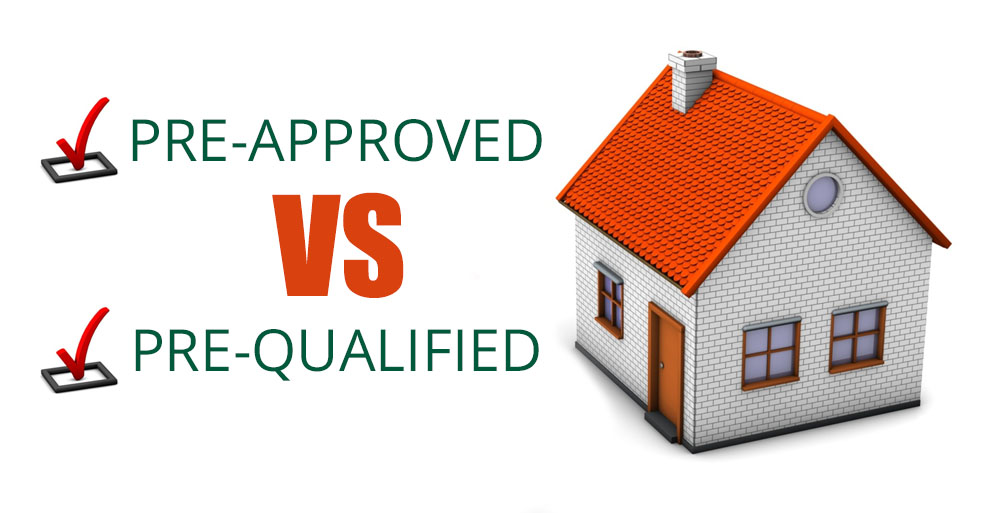
Before you begin to shop for a new home, you should set up a time to meet with us so we can figure out how much you can afford. This will put you in a better position as a buyer. That’s when it is important to understand the distinction between being pre-qualified for a loan and pre-approved for a loan. The difference between the two terms will be crucial when you decide to make an offer on a house.

You will complete a mortgage application and provide us with various information verifying your employment, assets and financial status such as W-2 forms, bank records and credit card statements. We’ll look at your credit profile and assess goals for a down payment and get an idea of different loan programs that would work for you. We will advise you the amount you are pre-qualified to borrow and on what collateral.
It is important to understand that a pre-qualification advice is just an estimate of what you are eligible to borrow, not a commitment to lend.

We will need information on a specific house that you wish to be pre-approved for. We’ll review your mortgage options and submit your application to the lender that best meets your needs and situation. Once the application process is complete you will receive a pre-approval letter indicating the amount your lender is willing to lend you for your home. A pre-approval letter is not binding on the lender; it is subject to an appraisal of the home you wish to purchase and certain other conditions. If your financial situation changes (e.g. you lose your job), interest rates rise or a specified expiration date passes, your lender must review your situation and recalculate your mortgage amount accordingly. Getting a formal pre-approval for a loan gives you competitive advantage when the time comes to bid on a home because you have been formally pre-approved for a loan for a specified amount for a specific home.